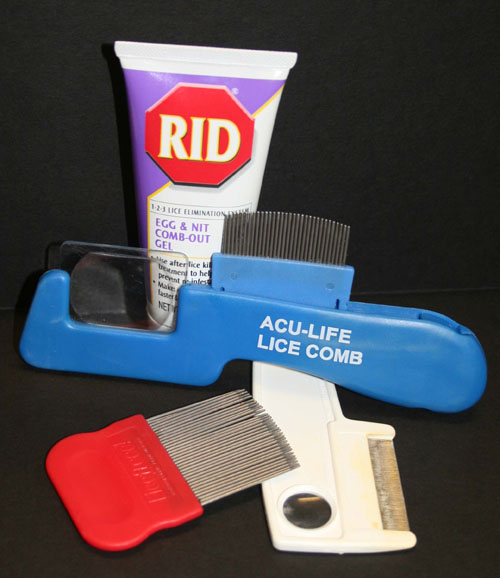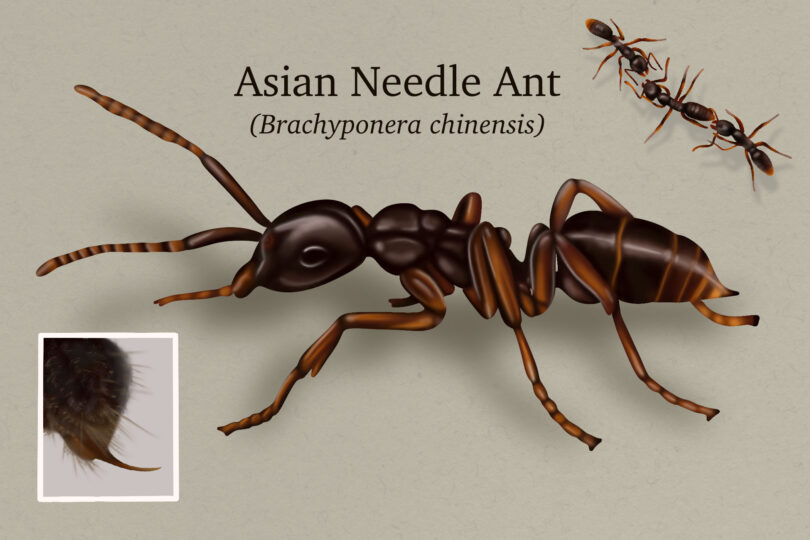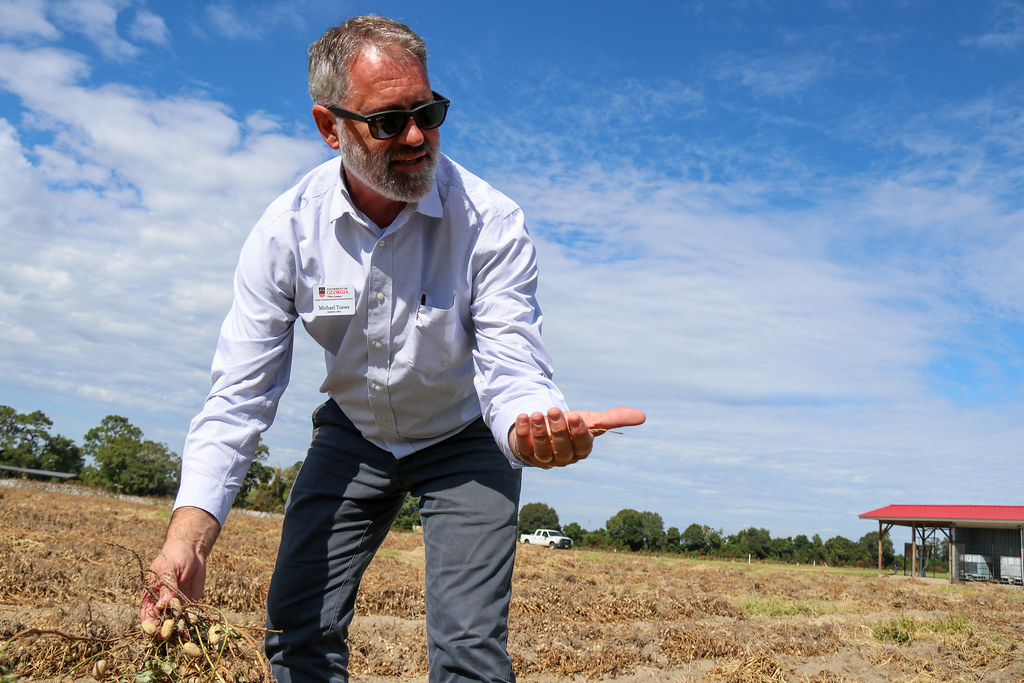Head lice make children scratch their heads. Getting rid of them can make parents want to pull their hair out.
"Head lice are common among all classes of people,” said Paul Guillebeau, an entomologist with University of Georgia Cooperative Extension. "They know no socioeconomic or ethnic boundaries. And, having them doesn’t imply a lack of cleanliness.”
Martin Parker’s son Matthew was sent home twice this year because of head lice. Most schools, like Matthew’s DeKalb County, Ga., elementary school, have a “no nit policy.” This means a student cannot return to school until he is nit-free.
Nitty-gritty
Nits are grayish-white to brown eggs the female head louse lays on hair shafts. To make matters worse, nits are resistant to pesticides and are difficult to remove without a nit-removing comb.
Each time his son gets head lice, Parker strips the bedding from all his beds and thoroughly cleans his home with Lysol. He also covers the mattresses with plastic and sets them outside for a few days.
Guillebeau says Parker’s house may be cleaner, but his efforts didn’t do much to remove the lice from Matthew’s head. Other parents panic and misuse pesticides or resort to unapproved treatments, like kerosene, he said.
"Head lice are not an emergency," he said. "They don't pose any health risks. But misusing pesticides or spraying pesticides unnecessarily does put your child and your family at risk."
No pesticides
Guillebeau urges parents never to treat homes, cars, furniture, beds, pillows or clothing with pesticides in an attempt to control head lice.
Knowing a little head lice biology can help parents not overreact. Head lice can't live off a human host for more than 24 hours. They can't reproduce in carpets, bedding or other home furnishings. And they can't live on pets or stuffed toys.
To kill head lice on bedding and clothes, wash and dry them as usual. Wash brushes, combs and hair accessories with hot, soapy water. For peace of mind, place stuffed animals in a sealed plastic bag for three to four days.
Manual removal is the best method for removing head lice from a person, Guillebeau said.
“If you use a lice shampoo, be sure to follow the label instructions exactly,” he said. “Misuse can be ineffective and dangerous.”
Step-by-step removal
To manually remove head lice, follow these steps:
1. Work in a well-lit area.
2. Brush hair to remove tangles. Use a hair detangler spray or hair conditioner to help.
3. Divide the hair into sections and fasten off hair that is not being worked on.
4. Use a lice comb to detect and remove adult lice and nits. (Lice combs are available in most pharmacies.)
5. Comb the hair section from scalp to end. Nits are usually found close to the scalp.
6. Dip the comb in hot, soapy water or use tape to remove lice, nits and debris.
7. Sift through the hair section and look for attached nits and live lice.
8. Move to the next section of hair and repeat steps 4 – 7.
9. Continue process until the entire scalp and all hair have been checked.
10. Screen the infested person every day for 10 days and regularly thereafter to make sure lice and nits have been removed.
Back in Atlanta, Parker has the local barber shave off Matthew’s curly locks. He then puts olive oil in his hair and makes his son wear a shower cap for an hour. He then uses the lice comb.
“The nit comb was the lifesaver,” said Parker. “I had him sit in my lap, I put on my reading glasses and combed and combed to get them out.”








